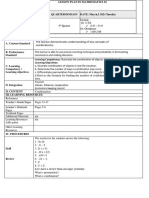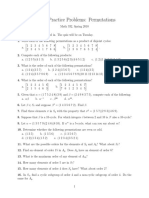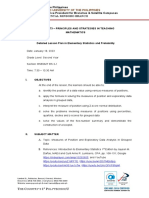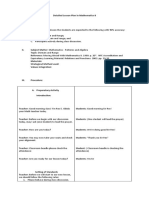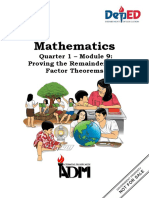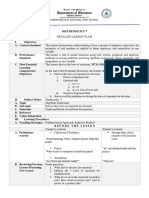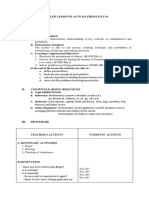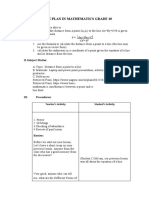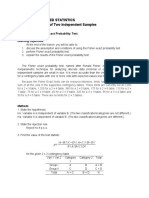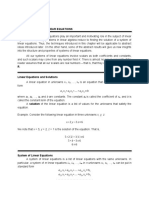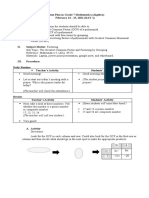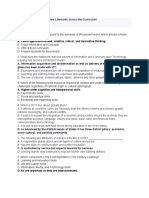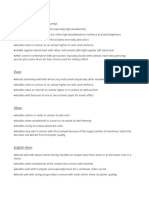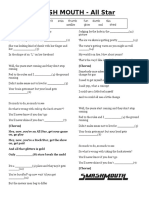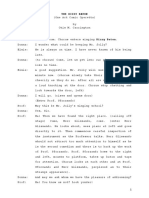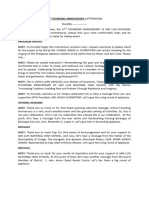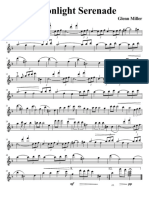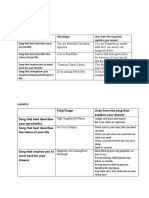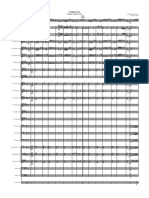100% found this document useful (2 votes)
968 views10 pagesMath14 - Abstract Algebra Lecture Note: Lesson No. 3: Permutation & Symmetry Groups
The document provides an overview of permutation and symmetry groups. It defines a permutation as a bijective function on a set and a permutation/symmetry group as a set of permutations that forms a group under function composition. It presents theorems on properties of permutation groups like Sn, provides examples of converting between standard and cyclic notation for permutations, and defines dihedral groups as the symmetries of regular polygons.
Uploaded by
Abegail VillanuevaCopyright
© © All Rights Reserved
We take content rights seriously. If you suspect this is your content, claim it here.
Available Formats
Download as DOCX, PDF, TXT or read online on Scribd
100% found this document useful (2 votes)
968 views10 pagesMath14 - Abstract Algebra Lecture Note: Lesson No. 3: Permutation & Symmetry Groups
The document provides an overview of permutation and symmetry groups. It defines a permutation as a bijective function on a set and a permutation/symmetry group as a set of permutations that forms a group under function composition. It presents theorems on properties of permutation groups like Sn, provides examples of converting between standard and cyclic notation for permutations, and defines dihedral groups as the symmetries of regular polygons.
Uploaded by
Abegail VillanuevaCopyright
© © All Rights Reserved
We take content rights seriously. If you suspect this is your content, claim it here.
Available Formats
Download as DOCX, PDF, TXT or read online on Scribd
/ 10





